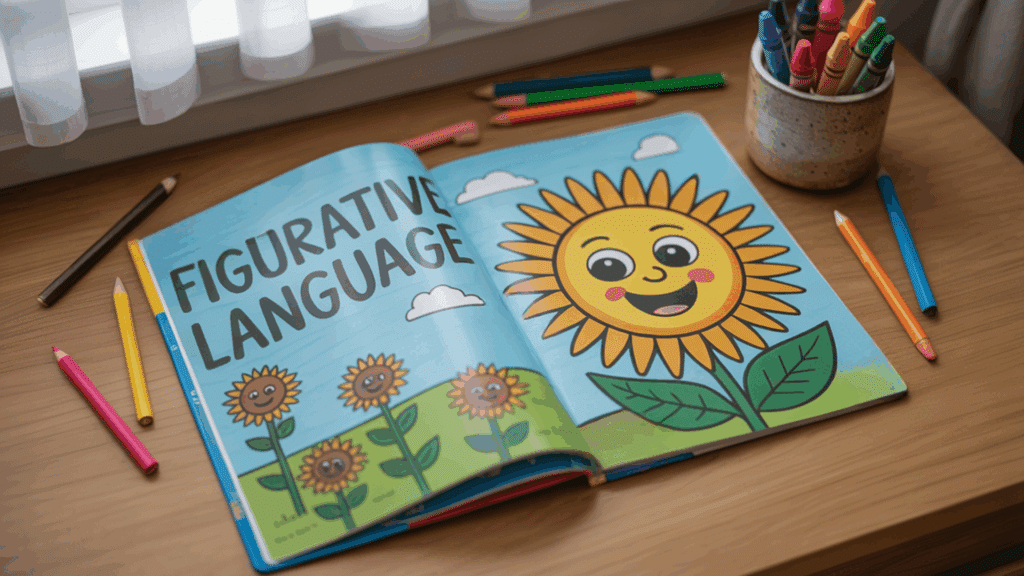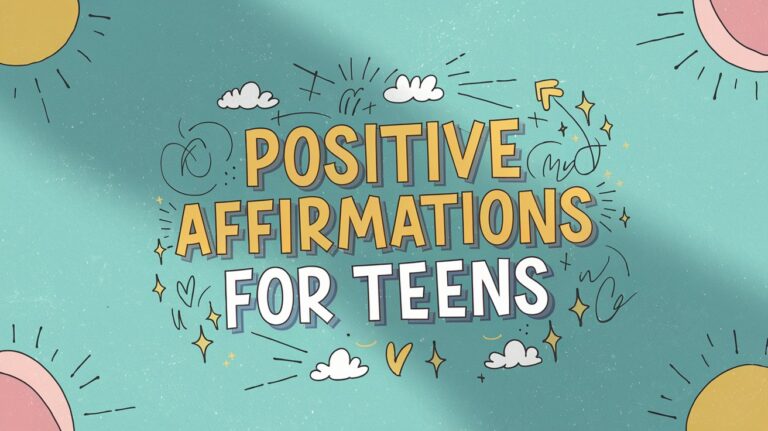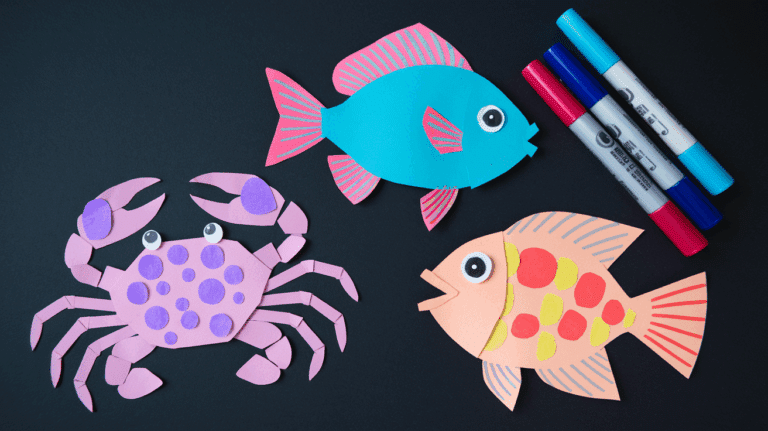The figurative language chart is dominating classrooms right now, and frankly, it’s about time. These visual tools are turning abstract concepts into something students can actually grasp and use effectively.
Students are finally connecting with metaphors, similes, and personification in ways that make sense. These visual guides are changing how kids understand and utilize creative language in their writing.
There’s something magical about seeing abstract concepts, such as “her voice was music to his ears,” mapped out visually.
Students who struggled with figurative language are suddenly getting it and using it naturally. Are you ready to revolutionize language learning?
Importance of Figurative Language in Learning
Figurative language isn’t just fancy writing; it’s the secret sauce that makes communication come alive and stick in students’ minds.
When kids master metaphors and similes, they’re not just learning English concepts; they’re developing critical thinking skills that transfer to every subject.
These language tools help students express complex ideas more effectively. Instead of saying “the test was hard,” they can paint a picture with “the test was a mountain to climb.” This depth of expression builds confidence and creativity simultaneously.
Understanding figurative language also significantly improves reading comprehension.
Students who can decode metaphors and personification in literature suddenly find themselves connecting with texts on deeper levels. Poetry stops being intimidating and starts being accessible.
Why Use a Figurative Language Chart?
Visual learning is currently dominating education, and a figurative language chart is a perfect example of why this approach works so well. These charts change abstract concepts into concrete, memorable references that students want to use.
- Eliminates the guesswork: Provides clear examples and definitions, reducing confusion and boosting confidence.
- Creates consistency across lessons: Repeated use of visual references reinforces learning and fosters automatic connections.
- Supports different learning styles: Visual, kinesthetic, and auditory learners all benefit from the chart in different ways.
- Encourages independence: Allows students to use the chart independently, fostering autonomy and reducing the need for constant teacher assistance.
How to Create an Effective Figurative Language Chart
 Building a figurative language chart that gets used requires strategic thinking about what students need and how they’ll interact with it.
Building a figurative language chart that gets used requires strategic thinking about what students need and how they’ll interact with it.
The most successful charts are created with student input and refined through real classroom use.
Step 1: Choose Your Figurative Language Focus
Start with 4-6 types maximum to avoid overwhelming students. Include the essentials: simile, metaphor, personification, and hyperbole.
Add alliteration and onomatopoeia for younger students or irony and symbolism for advanced learners.
Step 2: Design Clear Categories
Create distinct sections for each type with consistent formatting. Use different colors or borders to visually separate categories. Include the definition, key characteristics, and signal words for each type.
Step 3: Add Student-Friendly Examples
Use examples that relate to students’ experiences and interests. “The cafeteria pizza was like cardboard” resonates more than classical literature references.
Include both written examples and simple illustrations when possible.
Step 4: Create Interactive Elements
Add pockets for student-generated examples. Include blank spaces where students can add their learnings. Consider movable pieces that allow students to match examples with types.
Step 5: Include Memory Aids
Add mnemonics, acronyms, or visual cues that help students remember the differences between types. “Simile = Similar + Like/As” is more memorable than just the definition.
Step 6: Test and Refine
Use the chart during lessons and observe student responses. Ask students what’s confusing or helpful. Make adjustments based on actual classroom use rather than theoretical perfection.
Types of Figurative Language Charts to Use in Classrooms
Figurative language charts are invaluable tools for students to understand better and apply various literary techniques.
These charts provide clear definitions, examples, and visuals to help students recognize and use figurative language effectively in both reading and writing.
| Chart | Description | Key Points |
|---|---|---|
| Metaphor and Simile Chart | Differentiates metaphors and similes. | Defines and gives examples, aids correct usage in writing. |
| Types of Figurative Language Chart | Covers various figurative language techniques. | Includes metaphors, similes, personification, hyperbole, and idioms. |
| Personification Chart | Defines personification with examples. | Explains human qualities to non-humans, student examples. |
| Hyperbole Chart | Explains hyperbole and its use. | Shows exaggeration for emphasis, lists common examples. |
| Idioms Chart | Defines idioms with examples. | Explains meanings beyond literal, encourages usage recognition. |
| Onomatopoeia Chart | Lists words that imitate sounds. | Defines onomatopoeia, helps with vivid writing. |
| Alliteration and Assonance Chart | Explains alliteration and assonance. | Defines both and provides examples for rhythmic writing. |
Download the Free PDF of the Figurative Language Chart
Things to Keep in Mind While Learning the Figurative Language Chart
Learning figurative language can feel tricky at first. You need patience and practice to master these language tools.
Let me share some tips that made my learning process much easier.
- Keep definitions simple and age-appropriate: Avoid complex literary terminology that confuses rather than clarifies.
- Use examples students can relate to: Pop culture references and familiar situations work better than outdated examples.
- Make it large enough for whole-class reference: Students should be able to read it from their seats during discussions.
- Include student work samples: Displaying student examples validates their efforts and provides peer models.
- Laminate for durability: Charts that are frequently handled require protection from wear and tear.
- Connect to writing assignments: Reference the chart explicitly during creative writing tasks and revision sessions.
- Use consistent color coding: Visual consistency helps students internalize the different types faster.
Takeaways
Figurative language charts have moved from static classroom decorations into essential learning tools that genuinely impact student writing and comprehension.
The key is creating charts that feel relevant and accessible rather than intimidating or overly academic.
Students should view these tools as helpful references that support their creative expression, rather than as additional requirements to memorize.
The most effective charts evolve in response to student needs and classroom experiences. They should feel like living documents that grow and change, reflecting the nature of language learning itself.


















